Ending 31 Dec | Winter Stock Clearance | Lowest Market Prices on In-Stock Paving
View PricesGrey Sandstone Paving
Grey Sandstone Paving is a versatile choice with a naturally riven or smooth, sawn surface that will suit any modern or traditional patio design. The light tones throughout the Indian stone will brighten up any dark areas in your garden to create an added sense of space!
✅ Low Maintenance
✅ Choice of Surface Textures
✅ Looks Great Wet & Dry
Grey Sandstone Paving
Whatever your budget, we have a style of grey Indian sandstone paving to suit your project so you can transform your space with one of the most popular options of garden paving available! The medley of natural tones found within our grey Indian stone provides a neutral and tasteful backdrop to any garden or patio. This choice of garden paving offers the charm and appeal that only a natural sandstone can offer. Each paver features its own unique tones formed naturally over thousands of years, promising your garden or patio a finish filled with character. Choose from a naturally riven surface texture or a smooth, sawn & honed option to find the right style of garden paving for you!
Riven or Sawn & Honed? What’s the difference?
A riven surface is created when the stone is split along its natural layers, providing a truly authentic finish. This process leaves beautiful variations in texture throughout the surface of each slab, one of the main appeals of Riven Sandstone Paving. Each riven slab features hand-dressed edges which add to the natural, organic look and feel to create a timeless appeal to any traditional design. This style of sandstone paving is suited to traditional settings and is a great alternative to Yorkstone, whilst also less expensive! Tumbled paving is treated by passing riven slabs through a slowly rotating drum, a process that smoothes off the edges, corners and surfaces of the slab to give the stone a slightly aged look that will blend seamlessly into any space as if it had already been there for years! When tumbling a riven stone, the variations in the surface texture of the slabs remain but any harsh rivens are smoothed off, resulting in a lightly riven finish that is much smoother to the touch and gives the stone a long-established appearance which is perfect for a traditional patio design, adding character to the space. Sawn sandstone is sawn straight off the block rather than being split naturally. The sawn slabs are cut down to size and the top surface is honed, creating a smooth finish with a slight sheen. Our Smooth Sandstone Paving is sawn on all 6 sides, meaning that the 4 edges are also straight and machine-cut with a smooth finish to complete the contemporary look. Sawn sandstone paving offers an entirely different appeal to riven sandstone with more pronounced patterns and colours across the surface. The sawn slabs have a level of natural slip resistance and, as long as the paving is maintained, the stone will retain its grip underfoot. We advise taking the usual care and precautions when walking on the slabs when wet, but the slabs are not known to be slippery and are designed specifically for outdoor use. Shot blasting is a technique used to produce a slightly rough texture to the surface of the paving stones by peppering the top stone with shots of small steel beads at high velocity. This removes a fine layer from the stone and adds an even degree of texturing across the surface of the slab, leaving a finish that still offers a flat paving option, but with a slightly worn look to give the stone a little extra character, as well as added grip underfoot.
Sealing Grey Sandstone Paving
It’s generally advised to seal grey Indian sandstone paving slabs to help prevent staining, as well as helping to prevent the growth of any moss or algae. You may want to consider sealing your slabs if your stone is light in colour, as any stains will be more visible, but sealing is not compulsory and there are plenty of options that will provide various results! Some sealants will simply seal and protect, whereas others can even be used to enhance the colour of your slabs. Sealing grey Indian stone will also help to protect against other general wear such as fading which can sometimes occur over long periods. As for when to apply a sealer, there are no specific guidelines and most landscapers will have their own tried and tested methods. Some people choose to seal their paving before laying to prevent any staining during the laying process and others prefer to leave their stone unsealed for up to a year, allowing the sandstone to weather naturally first. To find out what is best for you, we always advise speaking to a local tradesperson who will be able to assess the needs of your project. You can find out more about Sealing Paving Slabs on our blog!
What is Calibrated Sandstone Paving?
The term ‘Calibrated’ means that the slabs have been cut to a consistent thickness. Calibrated sandstone paving is easier to lay than uncalibrated slabs as it eliminates any large variations in thickness between each paver, removing the need to consider this during the laying process.
Natural Colours & Variations
Sandstone products are entirely natural and will feature variations in colour, tone and pattern. This is a feature of the product and our product images will give a great overview of some of the natural variations you could receive. Colours will appear more vibrant when wet and subtler prior to installation before the stone has absorbed any moisture.
From The Blog
Find out more about Grey Sandstone Paving and discover the full range of options available to you, as well as the different benefits of each!
Read Our Advice On Laying A Patio
Our handy guide lists the best practices for the preparation and process of laying a patio on a mortar bed. We also cover the basics of grouting, sealing and maintenance so that you have a full overview of the process from start to finish and are fully prepared before you begin your project! Read our Installation Guide for more.
Contact Us Today
Find the answers to our most frequently asked questions here. Alternatively, to speak to a member of our team, contact us on 01206 700 599 or support@nustone.co.uk.




.webp)
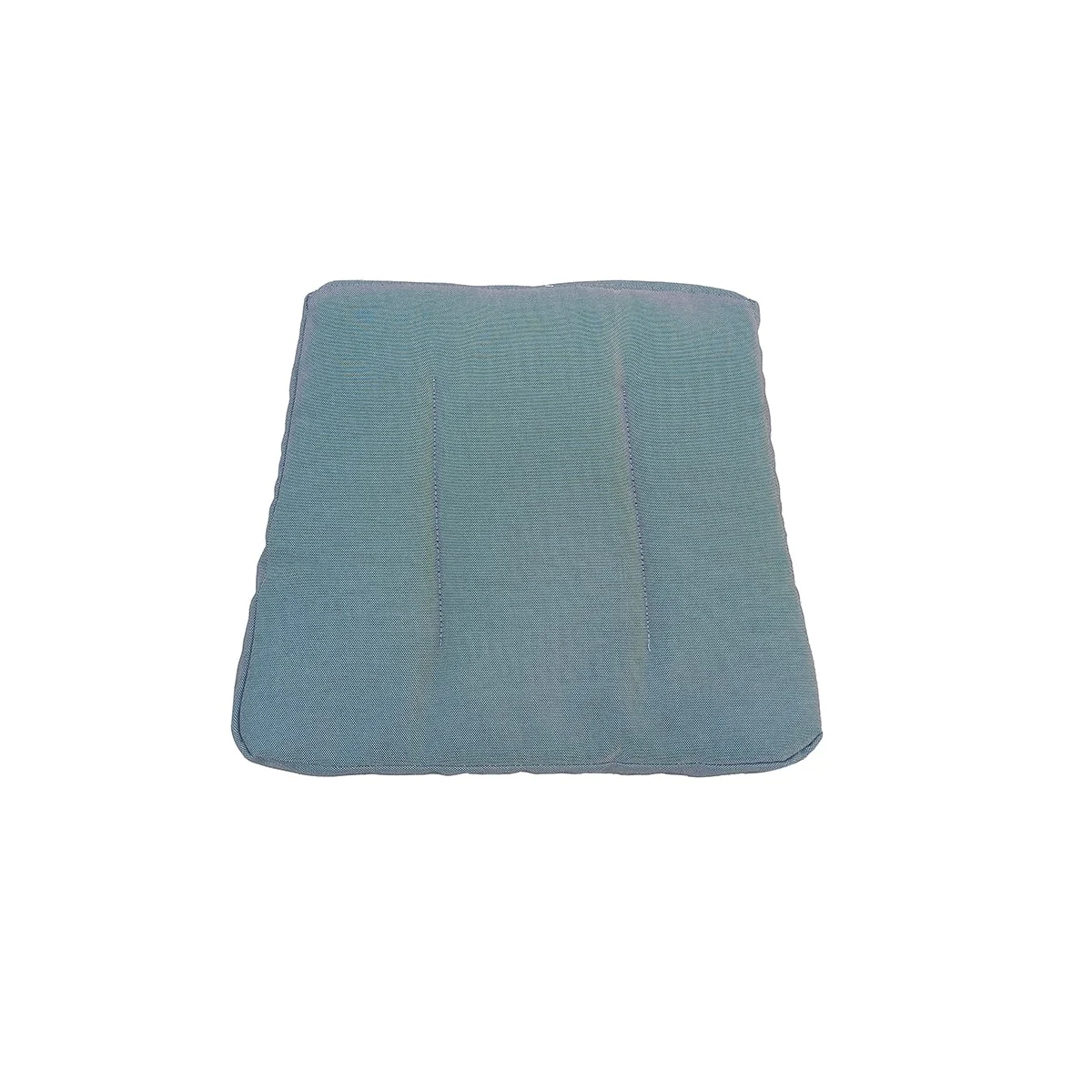
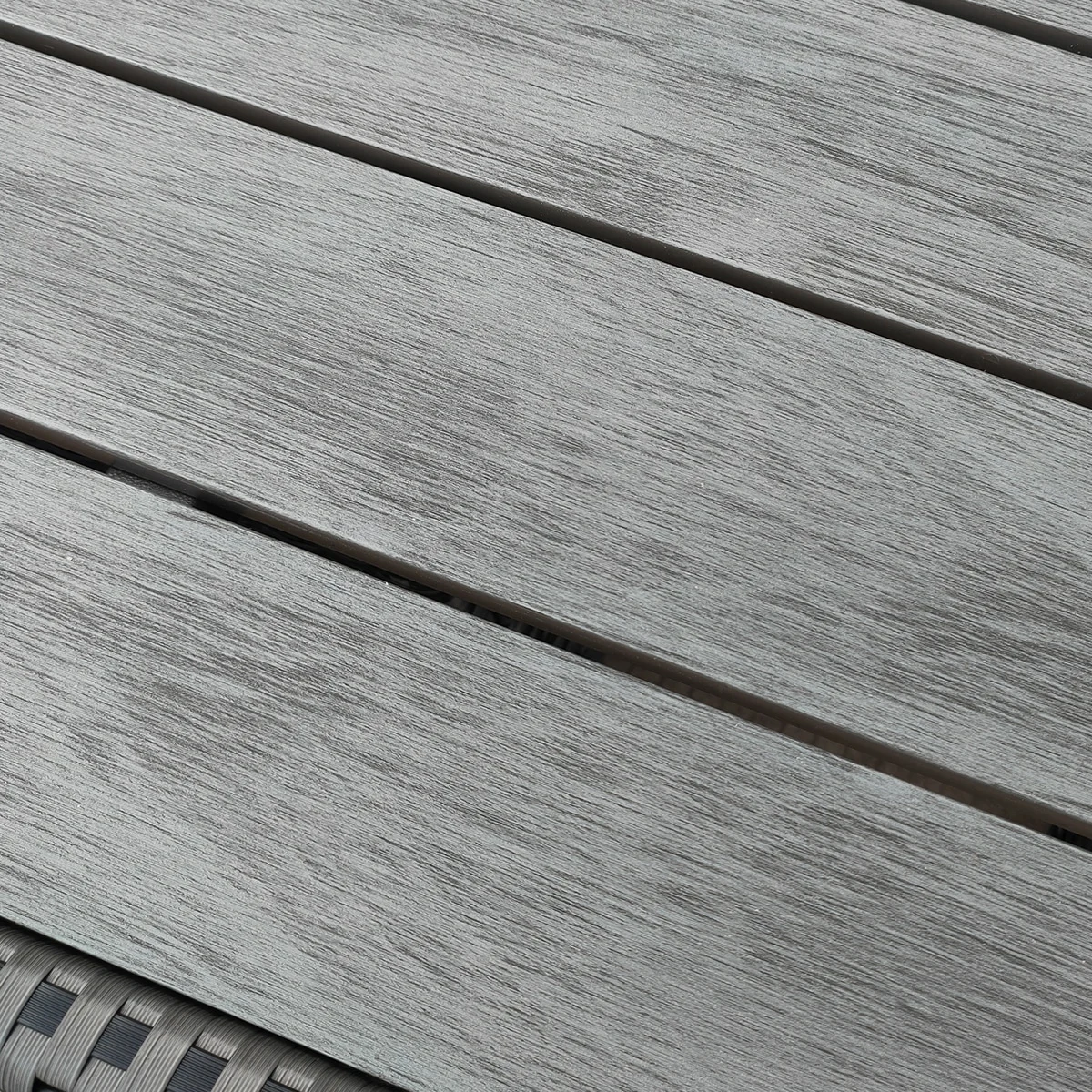

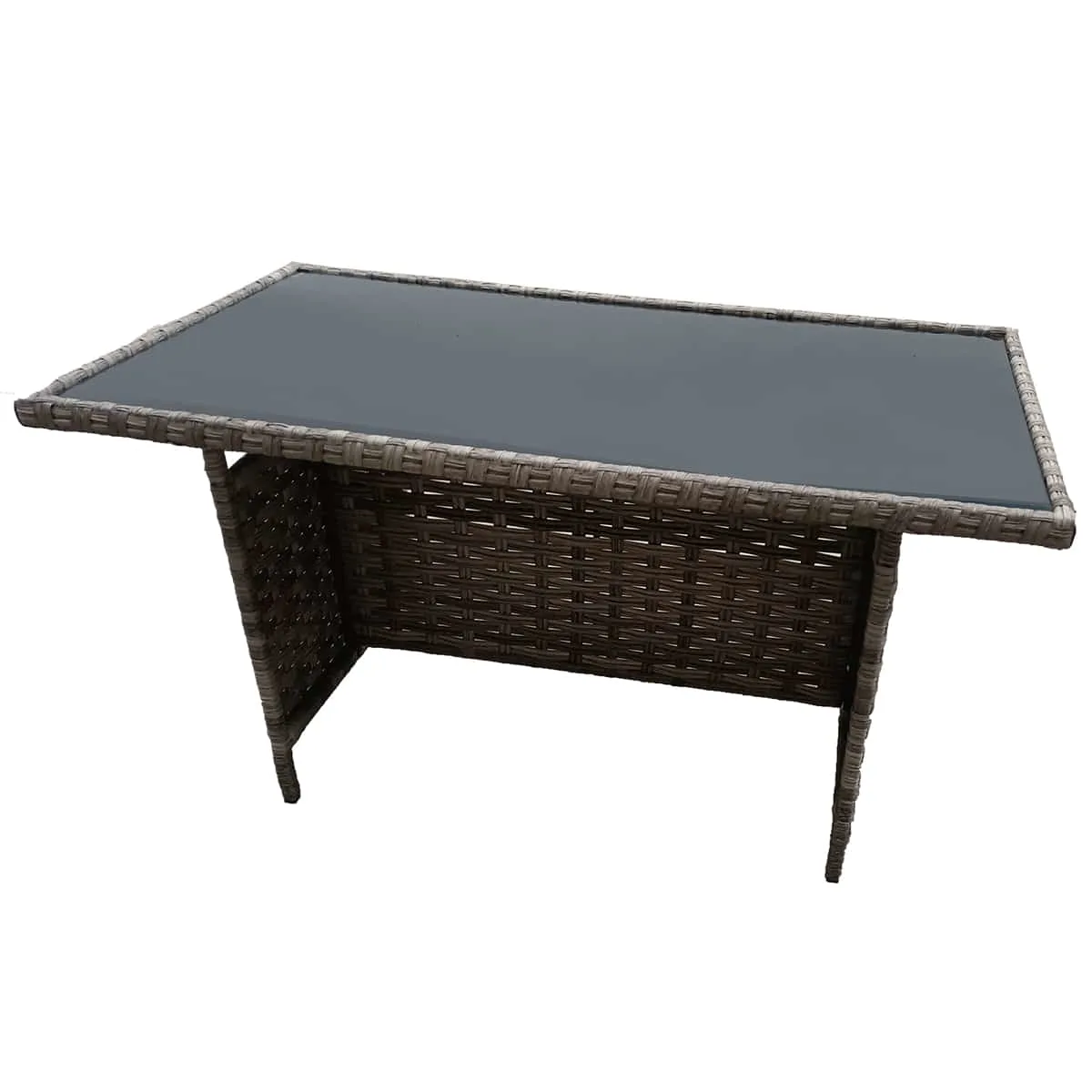

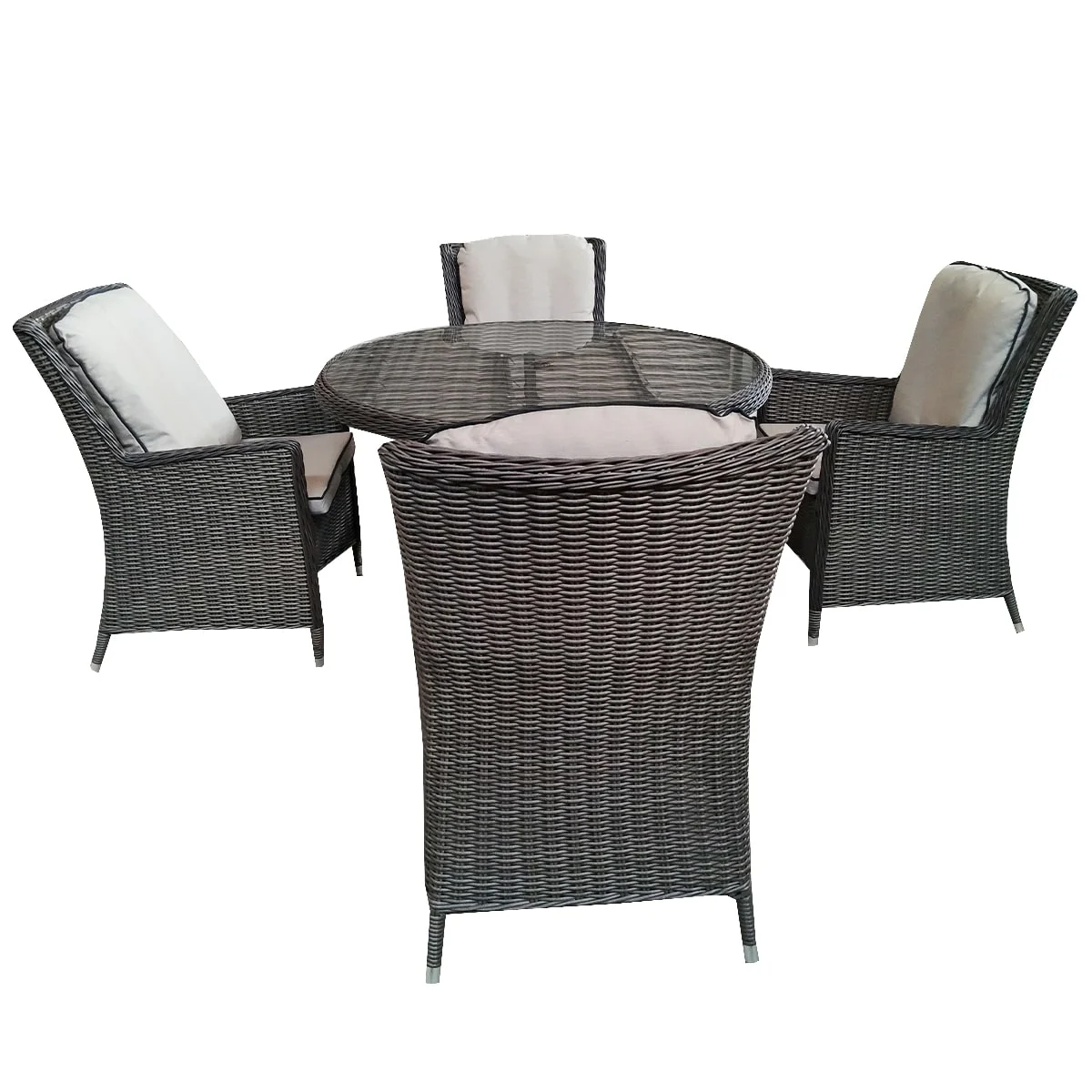

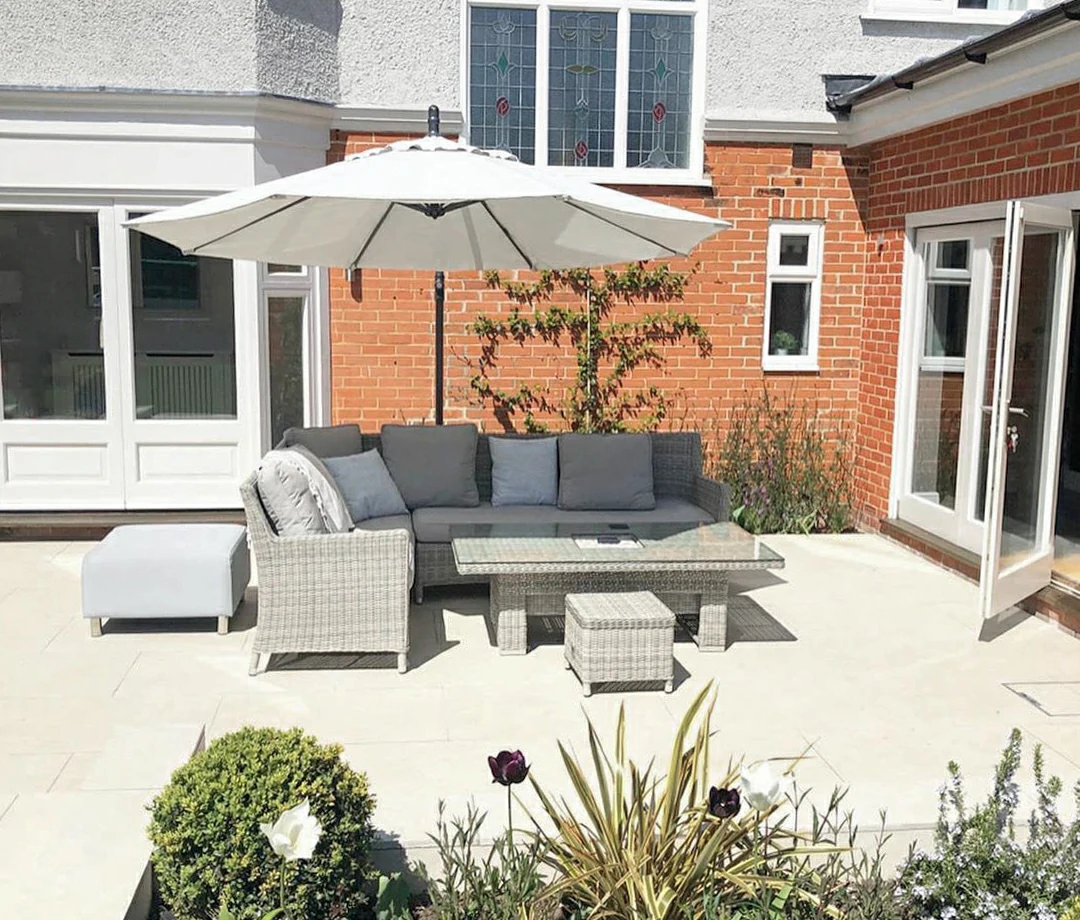
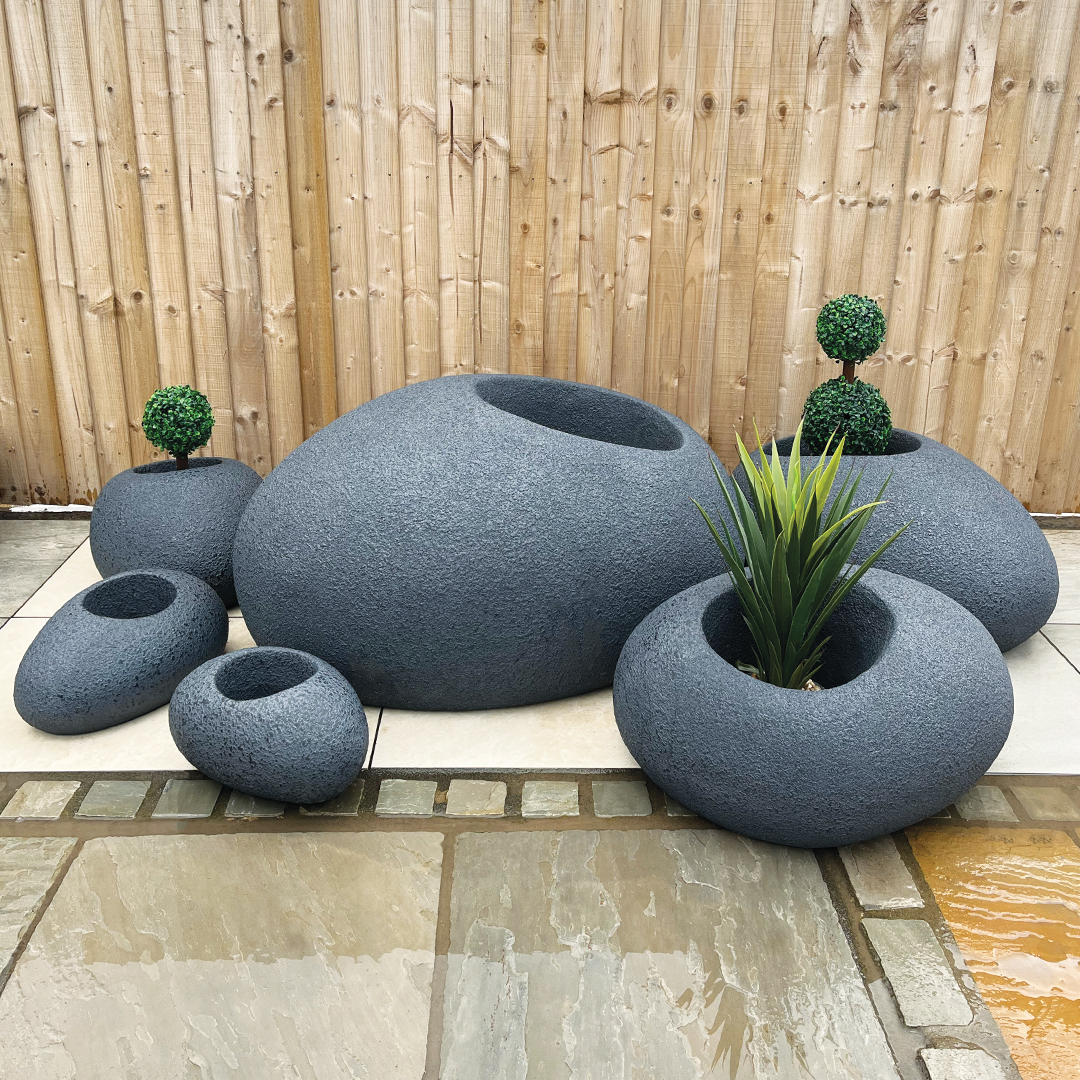
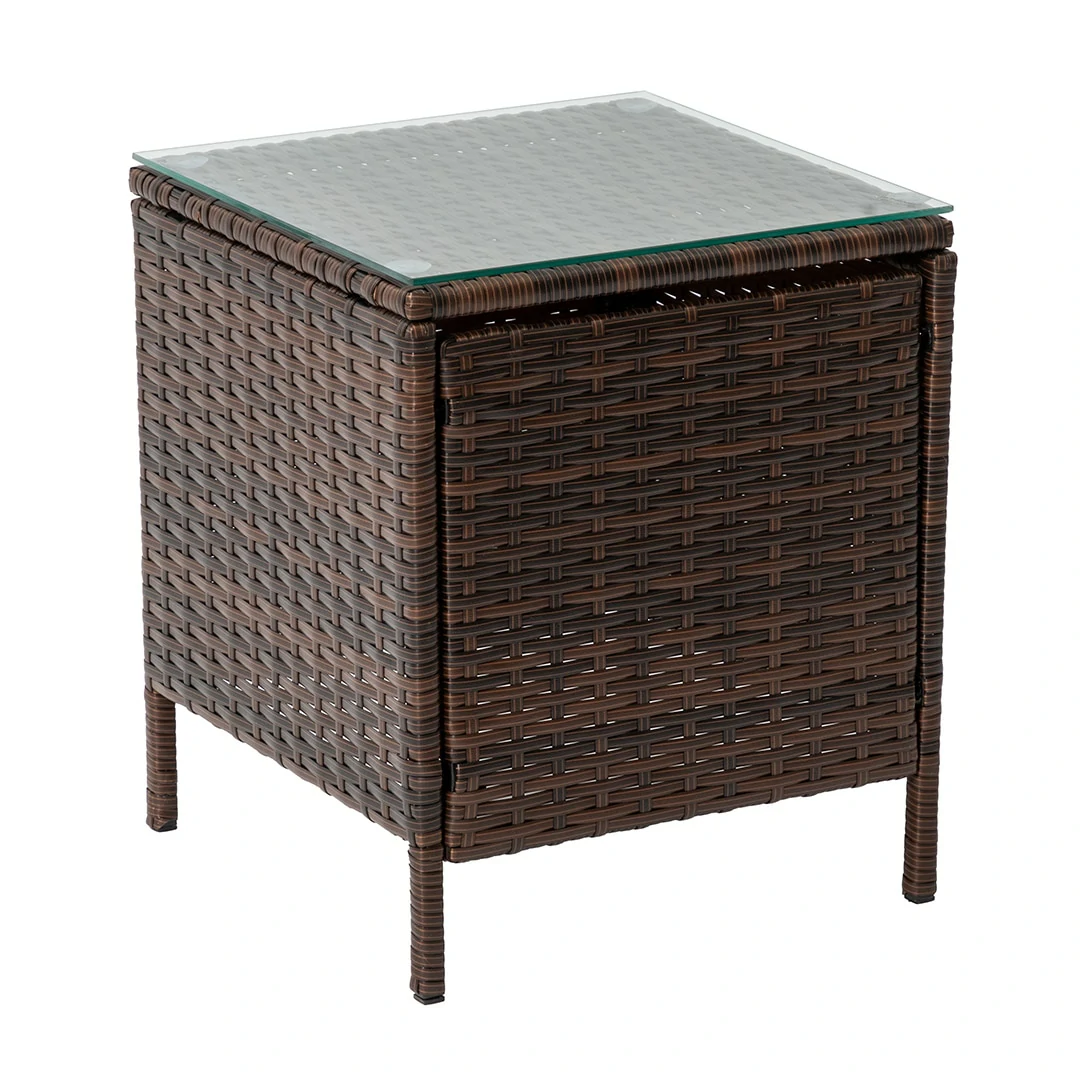
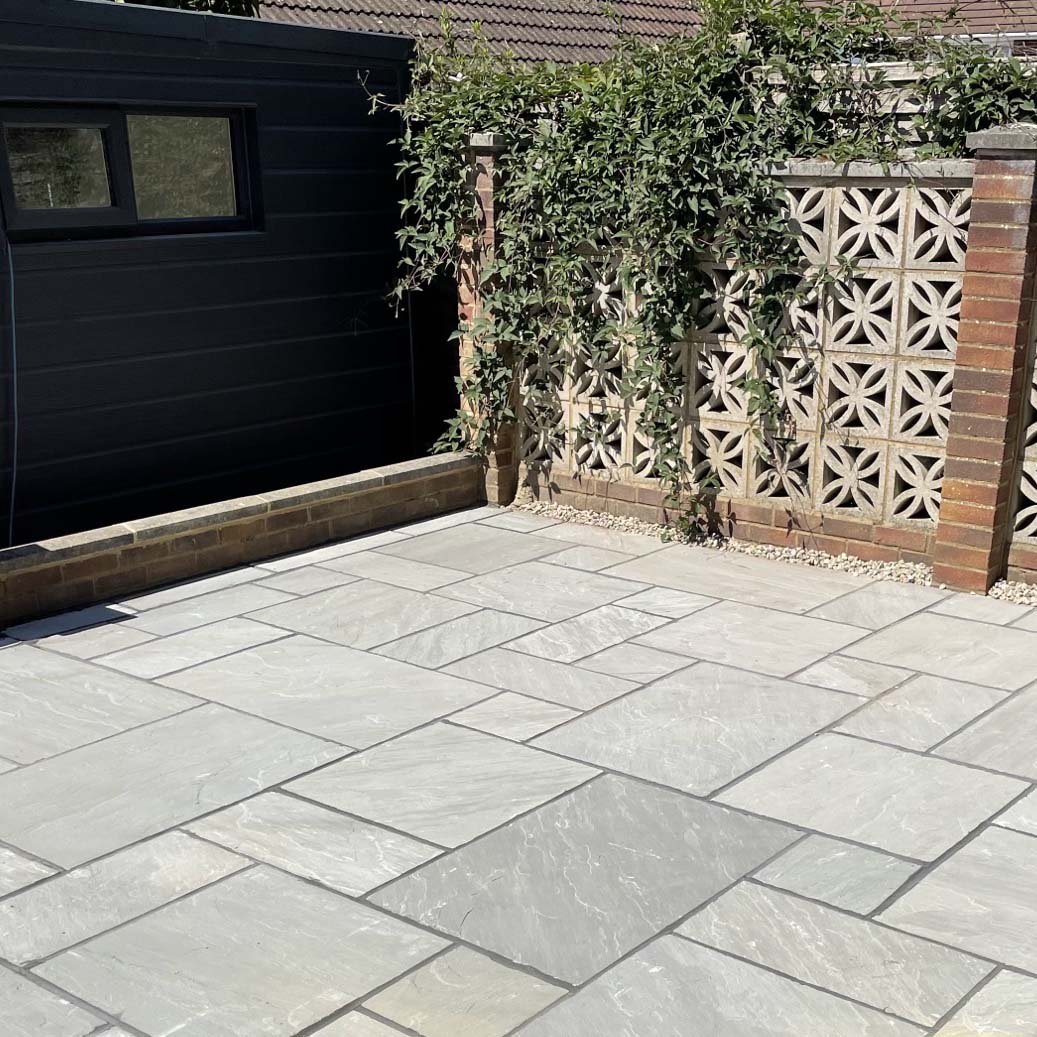
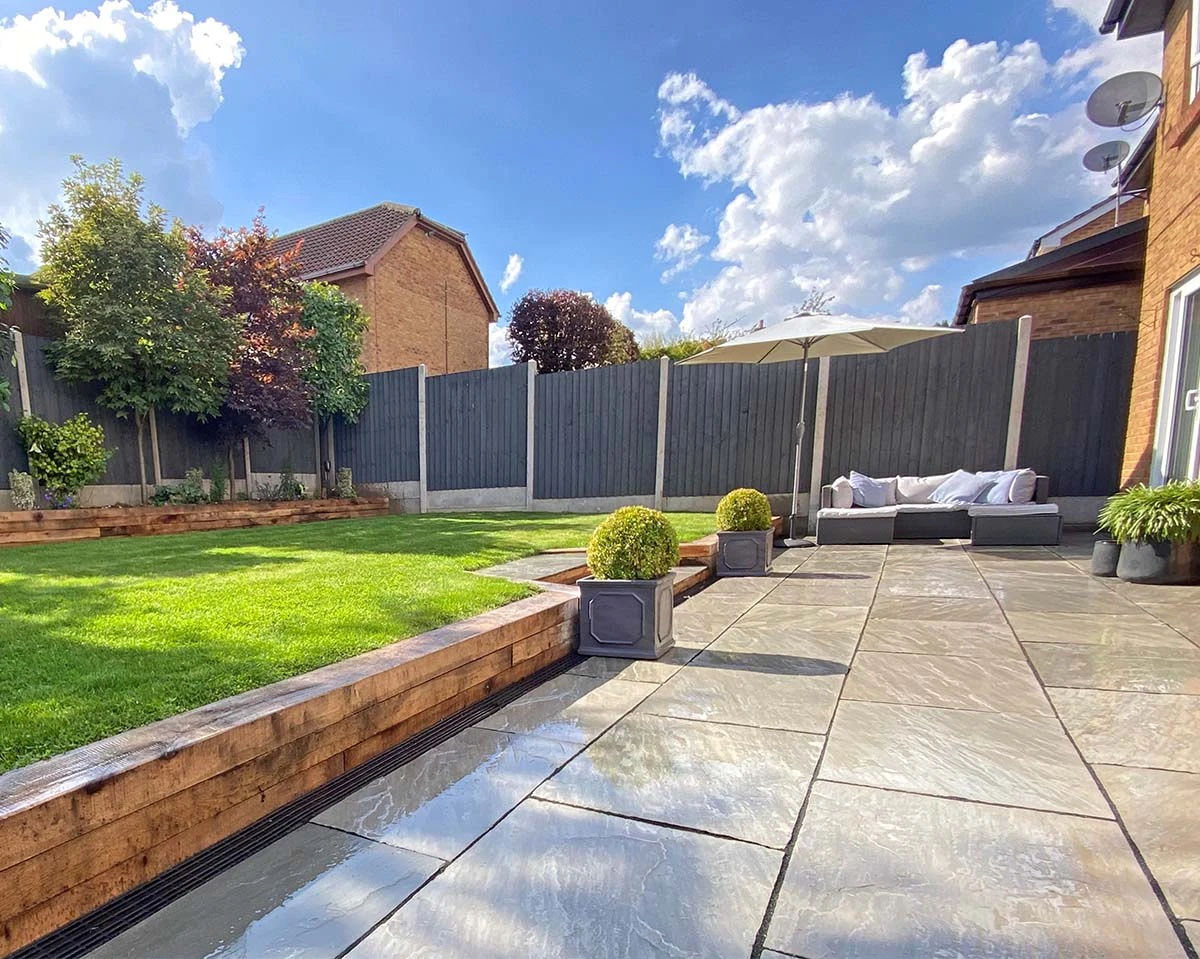
.webp)
.webp)
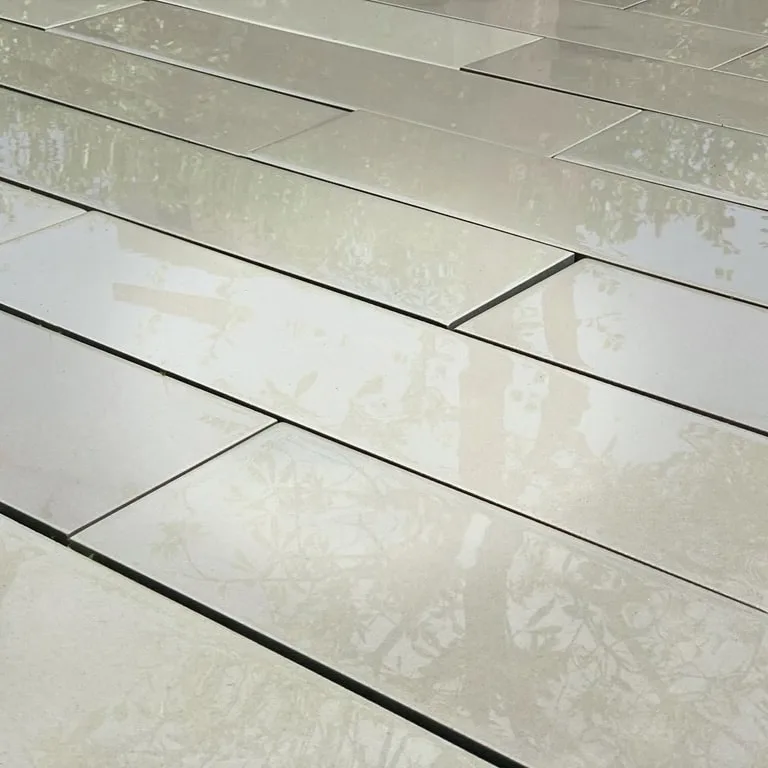
.webp)
.webp)
.webp)
.webp)

.webp)
.webp)
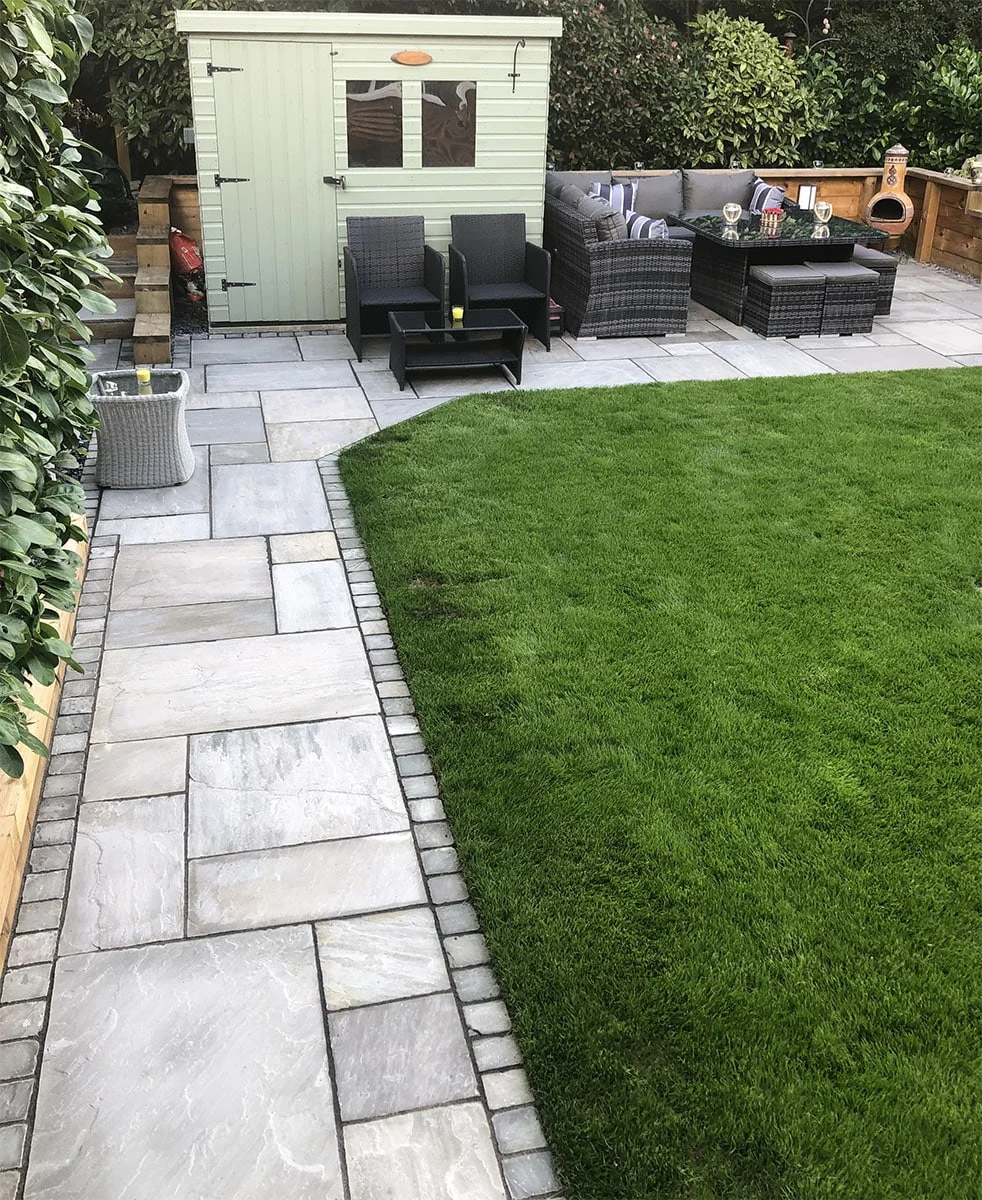
.webp)